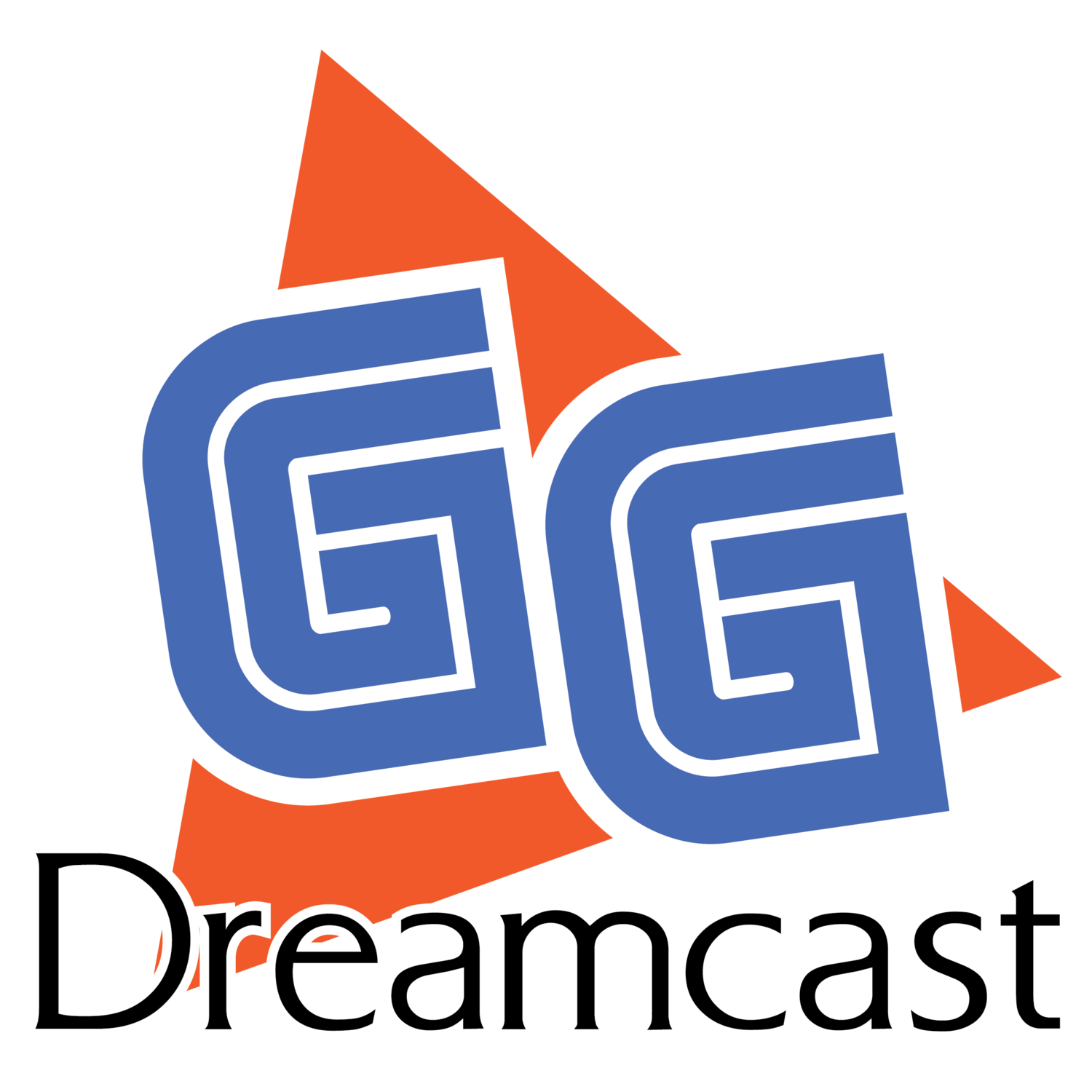The Typing of the Dead
Developer - Wow Entertainment (formerly SEGA AM1), arcade; Smilebit (Dreamcast port)
Publisher - SEGA
Director - Masamitsu Shiino
Producers - Rikiya Nakagawa; Shun Arai
Composer - Tetsuya Kawauchi
Genre - Rail “shooter”/ Educational (typing); one to two players
Release Dates - January 23, 2001 (North America); March 30, 2000 (Japan)
Additional Releases - SEGA NAOMI arcade cabinet (1999); Windows PC (2001); Playstation 2 (2004); iOS (titled Flick of the Dead)(2012)
Current Average Price - $50-80; $90-120 (with Dreamcast peripheral keyboard/s)
One of the prevailing cultural characteristics of SEGA during the Dreamcast era was a willingness to embrace the unusual, to think outside of the traditional idea of what a video game should be. Take, for example, The Typing of the Dead. SEGA took their successful light-gun rail-shooter, The House of the Dead 2, and remade it, removing the player characters’ guns and replacing them with computer keyboards attached to battery-powered, backpack-mounted Dreamcasts. Instead of shooting zombies, we’re typing at them…
Gameplay
The Typing of the Dead follows the same scenario as The House of the Dead 2 upon which it’s based. One or two players play as AMF agents tasked with fighting their way through Venice, Italy during a zombie attack orchestrated by series antagonist Dr. Goldman (a banker and scientist bent on ending human control of the world, naturally). The goal is to survive, eliminate all of the zombies, defeat the boss monster at the end of each stage, and eventually defeat the psychotic (and hilariously voice-acted) Goldman himself.
To defeat enemies, the player must type words and phrases in rapid succession. These words or phrases appear in boxes which accompany each rapidly approaching enemy. If the player does not complete the word or phrase before the enemy attacks, he or she loses a life. The idea is to type quickly and accurately, make rapid decisions, and prioritize tasks. The players performance in each of these areas is calculated, graded, and displayed as statistics at the end of each stage.
The game features branching paths and alternate story elements, dependent upon the players’ successful (or unsuccessful) completion of brief in-game challenges (such as saving certain civilians or successfully eliminating a set number of enemies).
What Makes it Special
The first special aspect of The Typing of the Dead is its potent silliness. From the player characters’ models with their idiotic backpacks and front-suspended keyboards, to the dialogue and voice-acting (thankfully lifted from the The House of the Dead 2), everything about The Typing of the Dead is meant to make us laugh.
A good example of this humor is found in the game’s boss fights, which take the form of foolish multi-sentence paragraphs which the player must type. Here’s one example - “There was an echidna from Vegas / Whose hairstyle was loud and outrageous / When asked by cops, why the dreadlocks / He told them the idea was Sega’s.”
But The Typing of the Dead isn’t just a silly, superficial game. It balances its overt silliness with an honestly taxing difficulty. The Typing of the Dead is a hard game. And this real challenge, combined with the excellent presentation, variety of gamplay, fast pace and sheer novelty, make The Typing of the Dead worth playing, again and again.
In short, it’s just a well made video game. And it’s one of the Dreamcast games that I consistently return to to play, year after year (usually around Halloween).



